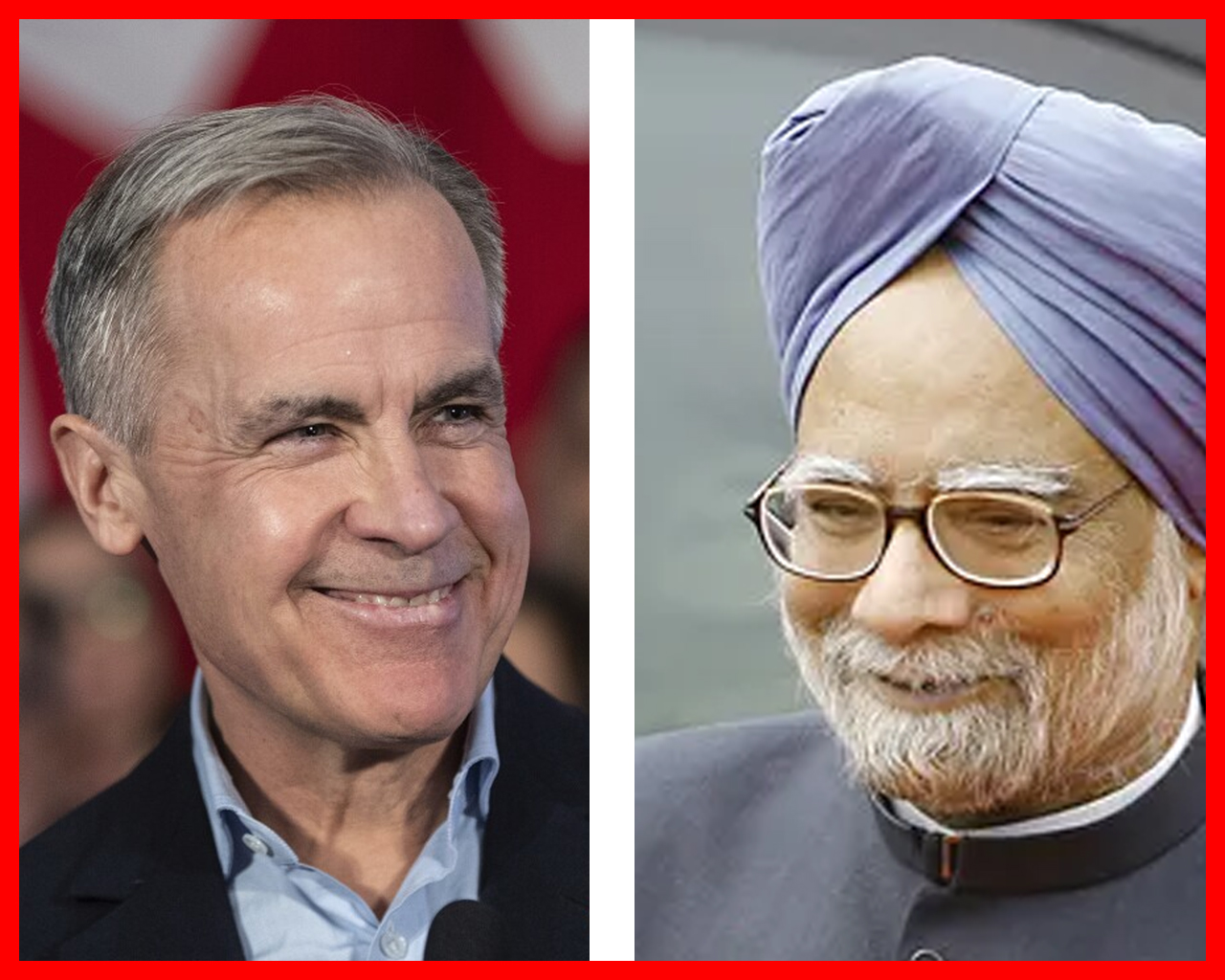
Singh’s policy interventions in India opened the country to globalization, fostering decades of economic growth. His tenure as Prime Minister (2004-2014) saw India become one of the fastest-growing economies in the world, despite external shocks like the 2008 financial meltdown. His approach—marked by pragmatism, fiscal discipline, and global integration—cemented India’s status as an economic powerhouse.
Carney, similarly, has built his reputation on financial stability and forward-thinking economic policies. During his time at the Bank of Canada, he helped shield the country from the worst effects of the global recession. Later, as Governor of the Bank of England, he navigated the complex economic challenges of Brexit, maintaining financial credibility amid uncertainty. His emphasis on sustainable finance and climate economics further showcases his ability to address modern economic challenges with a long-term vision.
Both Singh and Carney stand apart from conventional political figures. They are economists first, politicians second—leaders who prefer data over rhetoric and results over grandstanding. Singh’s soft-spoken, intellectual style was often contrasted with India’s more populist leaders, yet his policies had an undeniable impact. Similarly, Carney’s approach to politics seems rooted in substance rather than slogans, making him a unique contender in Canada’s evolving political landscape.
Just as Singh transformed India into a global economic force, Carney could redefine Canada’s economic trajectory. With rising concerns about inflation, housing affordability, and economic inequality, Canada needs a leader with financial expertise, global credibility, and a steady hand. Carney, much like Singh, could bring a disciplined, strategic approach to governance—prioritizing investment, innovation, and long-term economic resilience over short-term populist measures.
If Carney secures the Liberal leadership and eventually leads the country, his tenure could mark a turning point for Canada, much as Singh’s leadership reshaped India. Both men are proof that when economists take charge, economies thrive.
Canada today faces a financial crisis that demands bold and decisive leadership. From rising inflation and a housing affordability crisis to weakening global trade ties, the economy is at a critical juncture. The effects of ongoing U.S. protectionism—whether under Trump or any future administration—continue to threaten Canadian exports, and tariffs on key industries, coupled with non-tariff trade barriers, have stifled growth. To remain competitive, Canada must rethink its economic strategy, including unilaterally dropping non-tariff trade barriers to foster more open markets and strengthen its position as a global trading hub. Carney, much like Singh in India’s time of economic distress, has the expertise to lead this overhaul. His deep understanding of global financial systems and economic policy makes him the ideal leader to navigate Canada through these turbulent times, ensuring stability, growth, and long-term prosperity.